Species Roses for Wooded Area in Puget Sound Area
harborrose_pnw
13 years ago
Related Stories
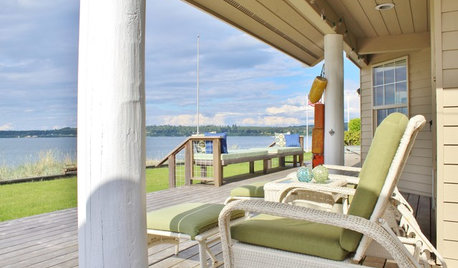
HOUZZ TOURSMy Houzz: Beachy Tranquillity and Togetherness on Puget Sound
Easygoing style and a peaceful palette create a welcoming waterfront home for a family
Full Story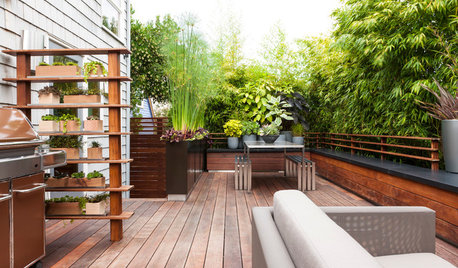
BACKYARD IDEASTake a Peek: A Peaceful Backyard Near Puget Sound
Behind a screen of bamboo trees, discover a peaceful garden retreat in the Pacific Northwest
Full Story
HOUSEKEEPINGWhat's That Sound? 9 Home Noises and How to Fix Them
Bumps and thumps might be driving you crazy, but they also might mean big trouble. We give you the lowdown and which pro to call for help
Full Story
WINTER GARDENINGPruning Secrets for Exquisite Roses
Encourage gorgeous blooms year after year with this time-tested advice on how to prune your rosebush in winter for health and shape
Full Story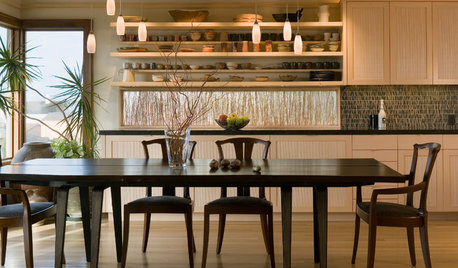
KITCHEN DESIGNKitchen of the Week: Organic Modernism in Seattle
Craftsmanship from top to bottom gives a linear kitchen overlooking Puget Sound a natural feel
Full Story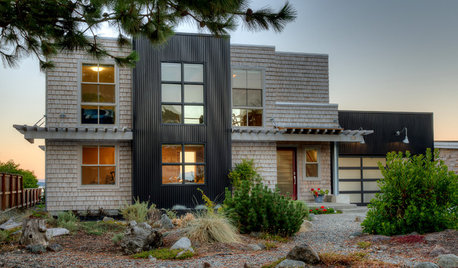
COASTAL STYLEHouzz Tour: Major Face-Lift Gives a Beach House New Life
The transformation of this Puget Sound island home is so remarkable that many residents think it was torn down and rebuilt
Full Story
GARDENING GUIDESWhat Kind of Roses Should You Grow?
Want to add the beauty of roses to your garden? Find out which ones, from old-fashioned to modern, are right for you
Full Story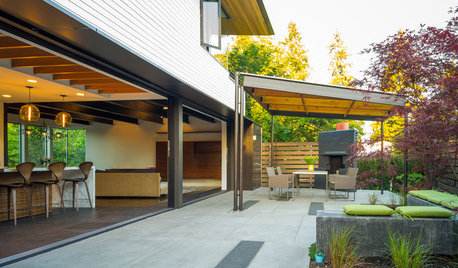
PATIOSPatio Details: Covered Dining Area Extends a Family’s Living Space
Large sliding glass doors connect a pergola-covered terrace with a kitchen and great room in Seattle
Full Story
GARDENING GUIDES6 Captivating Roses for an Alluringly Fragrant Garden
Perfume your garden with aromas from richly spicy to lightly sweet, without sacrificing an inch of color
Full Story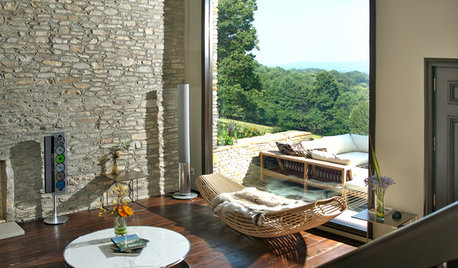
REMODELING GUIDESYour Floors: Zebra, Tiger, and Teak Wood, Oh, My!
Get the Pros and Cons of Exotic Woods: Hickory, Cherry, Rosewood and More
Full StoryMore Discussions








plantknitter
Embothrium
Related Professionals
Franconia Landscape Architects & Landscape Designers · Kenmore Landscape Architects & Landscape Designers · Severn Landscape Architects & Landscape Designers · Garden City Landscape Architects & Landscape Designers · Waterbury Landscape Contractors · Dunwoody Landscape Contractors · New Baltimore Landscape Contractors · Northbridge Landscape Contractors · Wareham Landscape Contractors · Winchester Landscape Contractors · New Carrollton Landscape Contractors · Asheville Fence Contractors · Carson Fence Contractors · Charleston Fence Contractors · Piedmont Fence Contractorsharborrose_pnwOriginal Author
plantknitter
harborrose_pnwOriginal Author
Embothrium
gardengal48 (PNW Z8/9)
Embothrium
harborrose_pnwOriginal Author